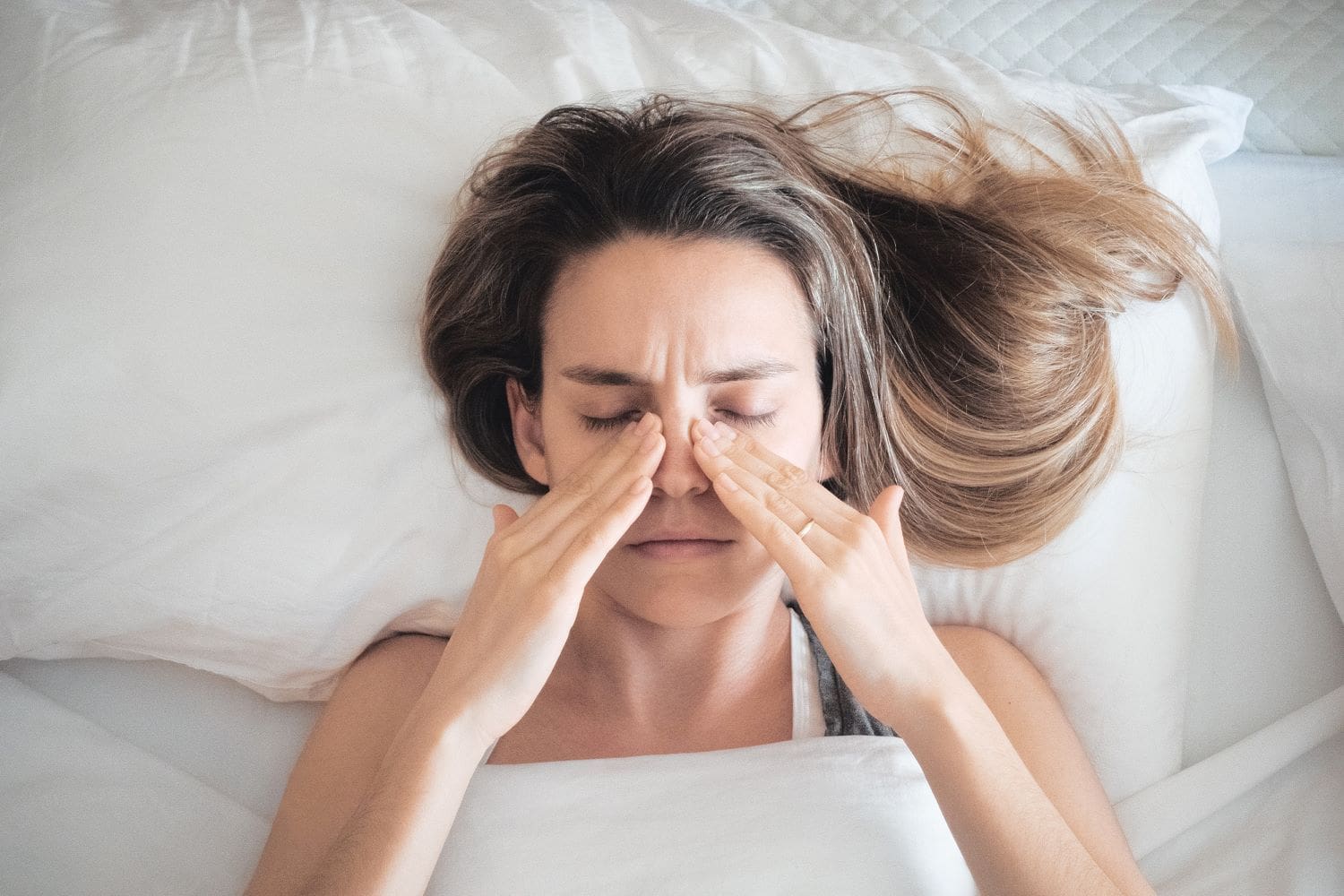What is Nonallergic Rhinitis?
Nonallergic rhinitis is inflammation of the nasal passages. There are many causes of a runny nose due to inflamed nasal passages, from infection through to cold weather or for no obvious reason at all (see below). It’s considered chronic if the rhinitis lasts for more than four weeks.An increasing number of Australians are having problems with both nonallergic and allergic rhinitis, and they often coexist in people with asthma. If the cause is an infection, it can spread to the sinuses (sinusitis). In people with asthma, if their rhinitis is treated effectively, it also improves their asthma control.
Symptoms of Nonallergic Rhinitis:
Symptoms of nonallergic rhinitis include nasal secretions, congestion, sneezing and a post nasal drip. They’re similar to those of hay fever but without itchy eyes, nose or throat.
Causes
There are many known causes of NAR in Australia:
- irritants such as tobacco smoke, strong odours, perfumes, smog or detergents;
- viral infections, such as cold or flu;
- structural problems of a deviated nasal septum or enlarged turbinates;
- alcoholic drinks;
- weather changes, such as dry air or colder temperatures;
- chronic fatigue syndrome;
- hormonal changes due to thyroid disease (hypothyroidism), menstruation, pregnancy or birth:
- spicy foods;
- sleeping on your back;
- common medications such as aspirin, ibuprofen, oral contraceptives, antidepressants or high blood pressure (beta-blockers); and
- stress.
Risk Factors
Factors increasing your risk to nonallergic rhinitis include:
- more common after the age of 20;
- female;
- smoking;
- Certain medications
- first occurrence of menstruation;
- menstruation;
- oral contraceptives; and
- pregnancy.
Tests and diagnosis of nonallergic rhinitis
Differentiating allergic rhinitis and nonallergic rhinitis is based on an assessment of the physical and clinical findings.
The physical symptoms used to diagnose:
Nonallergic rhinitis – nasal congestion, pharyngeal post nasal drip and enlarged tonsils.
Allergic rhinitis – nasal congestion, nasal itch, ocular conjunctivitis, sneezing, dark areas under eyes and swelling of nasal passages.
When it is difficult to distinguish between them, diagnosis can be made by eliminating allergy with a blood allergy test or skin prick tests (SPTs). These tests check for immunoglobulin E (IgE) and allergens.
Prevention
Nonallergic rhinitis can be prevented by reducing exposure to irritants and by drinking plenty of fluids.
Strategies to lower immune triggering risks include using hypoallergic pillow covers to prevent dust, reduce clutter, regularly clean your home, and live with fewer carpets or upholstered furniture.
Use of nasal decongestants for more than a few days can worsen your symptoms.
Managing at home can improve:
- sleep;
- relationships ; and
- fatigue.
Surgery
Sinonasal surgery may be recommended for septal deviation, nasal polyps or other abnormalities causing nonallergic rhinitis.
What doctor is a specialist for this condition?
Your physician can refer you to a qualified ear, nose, and throat specialist (ENT) for further investigations.





